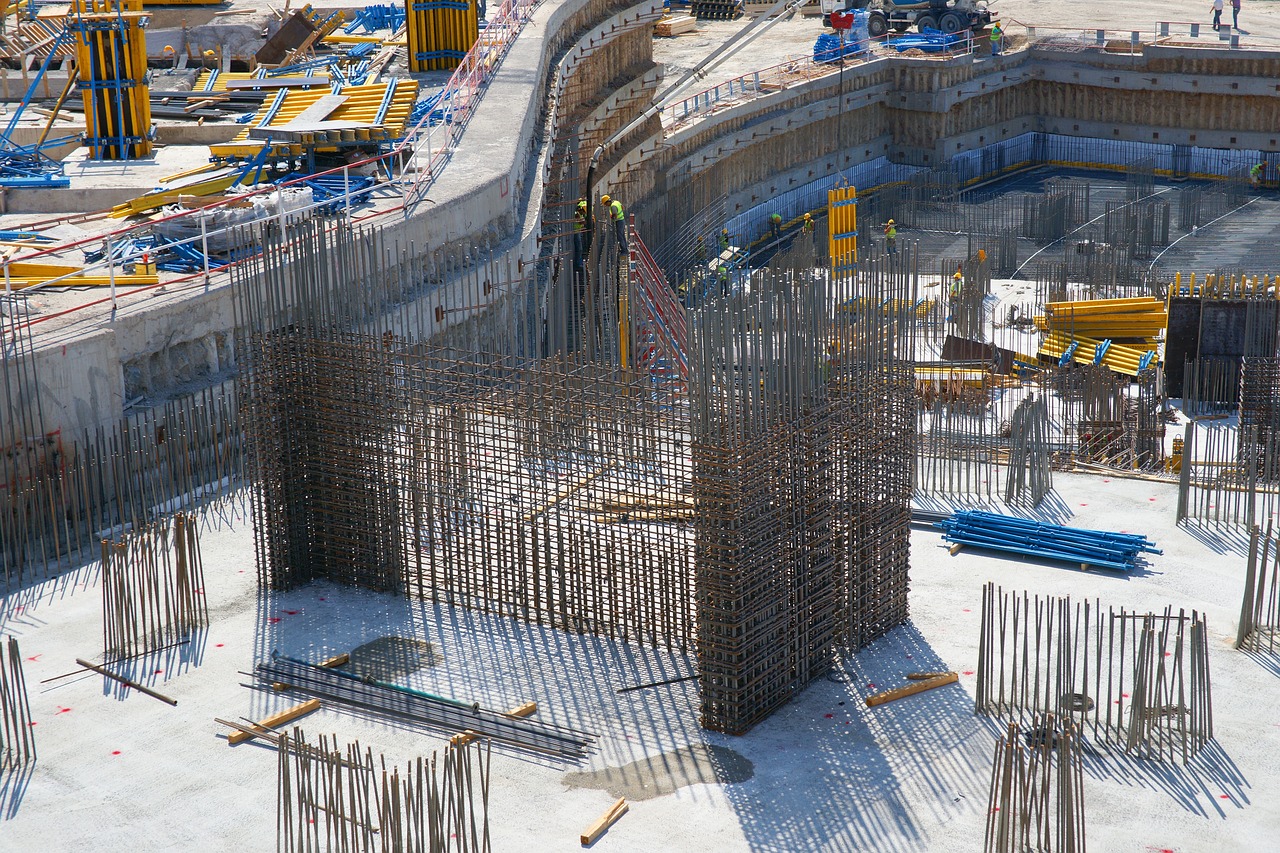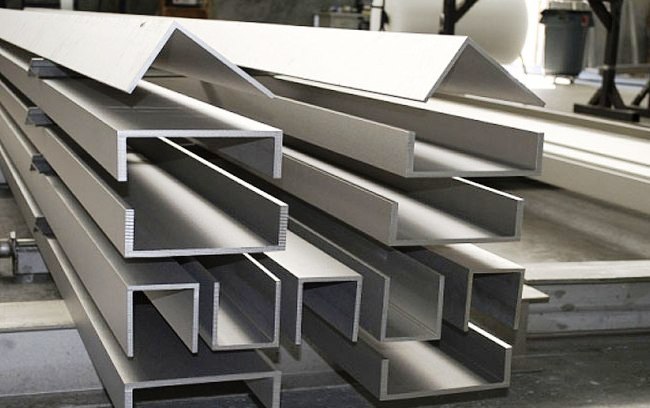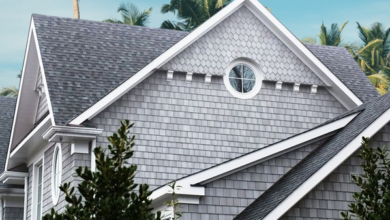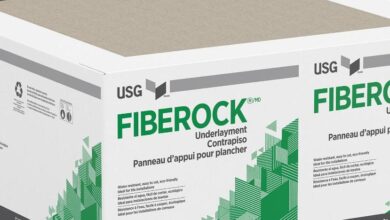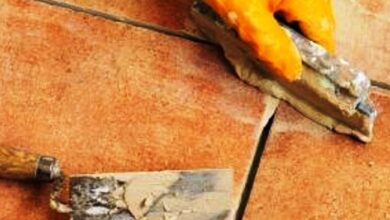Comparison: Reflectix vs. Foam Board
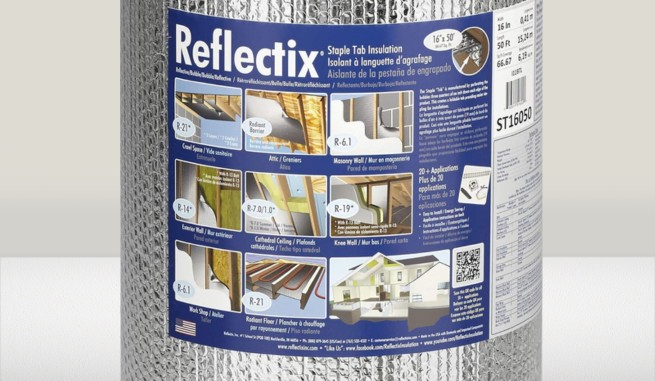
It is required for every property to have insulation. When you go shopping for insulation, foam boards, or rigid foam as it is commonly called in most stores, are typically the first materials that spring to mind.
But as you look over the thick foam board sheets, the salesperson or a coworker might suggest Reflectix, which is substantially lighter and thinner.
If you’re having trouble deciding between these two insulation options, this detailed comparison of Reflectix and foam board will help you make a wise choice.
Reflectix: What Is It?
The main selling point of Reflectix insulation is its neatness and thinness. If foam boards are nothing new to you, you are probably aware of how heavy and unclean they can become, especially when installed. Reflectix is a good insulating material, but it’s not as common as foam board. Up to 21 can be found in its R-value.
Reflectix offers two layers of insulation. It comes in thin rolls of a foil-like wrap that is shiny and reflective. It is entirely composed of plastic.
The thickness is 5/16 inches, and the weight per square foot is 1.25 pounds. It is incredibly light and thin. It can therefore take on a variety of forms and patterns.
Prior to delving further into our comparison between Reflectix and foam board, it’s crucial to understand that Reflectix cannot take the place of foam board.
When adding insulation to your home, Reflectix can be used in addition to foam board or other types of insulation, like fiberglass. Additionally, Reflectix performs best in spaces that are too small for thick foam boards.
Reflectix can be used in places where insulation is frequently prohibited. Its primary selling point is that.
For example, let’s say your store experiences temperature swings. You should have enough insulation on the roof if you staple some Reflectix on there. Garages that are also used as workshops at homes can be used for this.
Reflectix occasionally aids in halting airflow as well. However, caulking would be the best choice if you have an area where cold air is blowing.
Anyway, homeowners like this do-it-yourself trick. Reflectix’s adaptable shape allows it to be wrapped around pipes and heating vents to increase efficiency.
Utilizing Reflectix as a house wrap is an additional use for it. This material is very mold resistant and very easy to clean.
Foam Board: What Is It?
Foam board is the most popular product when it comes to insulating buildings. DIY enthusiasts love this material because it is not only very easy to use but also very effective at insulating.
Sheets of foam board measuring 4 by 8 are sold. It is available in smaller sizes, though. The foam board comes in thicknesses ranging from 0.25 to 2 inches. As a result, you can choose a thickness that will work for your requirements.
Compared to other materials like fiberglass, foam board is a superior insulator. It is moisture-resistant and has a higher R-value when compared.
If you’re thinking about installing foam board insulation, you should educate yourself about the three varieties that are available;
- Expanded Polystyrene (EPS): Often used in packaging, EPS is a common insulating material. A single-use coffee cup is an excellent illustration of EPS.
With an R-value of just 4 for every inch of thickness, it is the least expensive foam board available. This kind of foam board can be used for the roof, foundation, and wall siding.
- The most popular choice is extruded polystyrene. Most stores carry these stiff foams, which come in blue or pink colors. Although extruded polystyrene comes in a variety of thicknesses, it is always thicker than the expanded variety.
With a value of five per inch of thickness, the R-value is higher. Depending on whether you need to limit air movement, you can get this board with tongue or groove edges. The best material to use as foundation insulation is extruded polystyrene.
- Polyiso – This foam board type is the last one and has a higher R-value of 6 for every inch of thickness. The priciest kind of foam board is called Polyiso, and it has a foil covering one side to reflect heat. Polyiso is available in different thicknesses. It is suitable for sheathing over the house, siding, and attics.
Foam boards are suitable for indoor and outdoor use. It can withstand moisture. As a result, you don’t need to be concerned about the foam board getting damp.
As such, it can be used inside a basement foundation or outside under the wrap. Foam board is relatively simple to install.
To cut it, all you need is a utility knife or masonry blade. Screws work better to attach the foam board to a surface.
What Distinguishes Them?
- R-value
Reflectix does not possess a specific R-value. Depending on the application, it varies. When two layers of Reflectix are used underneath radiant floor heating, the R-value of 21 is appropriate.
The R-value is 4.75 per square foot for masonry work. Reflectix’s R-value increases to R-14 when applied to external walls. Verify the R-values that Reflectix claims, as they may vary based on the application.
Conversely, the R-value of foam boards varies based on their type. As we previously mentioned, the R-value of expanded polystyrene is four per inch of thickness. Polyiso has an R-value of six, while extruded Polystyrene has an R-value of five.
- Utilization
Reflectix functions better as an extra layer of insulation on top of fiberglass or foam board. It is not suitable for use as the main insulating material.
But there are a few outliers. In situations where insulation is not allowed, Reflectix can be utilized to promote energy efficiency. It is also applicable to difficult-to-reach places.
Applications for foam board, an insulating material, are numerous. It can be applied as house wrap, in the foundation, or beneath walls. Foam board is weatherproof and suitable for outdoor use.
- Insulation against sound
Reflectix says it has some ability to block out sound. Reflectix, however, is unable to provide any appreciable soundproofing.
It cannot absorb sound from the outside or inside the building because it is too light and thin. Therefore, don’t expect any significant soundproofing capabilities if you are thinking about using Reflectix.
Conversely, foam boards make excellent sound absorbers. They stop reverberation and bouncing. Foam board offers superior soundproofing compared to Reflectix.
- The ability to catch fire
Reflectix is classified as a Class A fire. Its superior fire protection is indicated by this. If foam boards aren’t covered in mastic, they can catch fire.
What Similarities There Are Between Them?
- Simple to Install
Foam board is stiff, but Reflectix is flexible, and both are incredibly simple to install. All you have to do with Reflectix is measure and cut it into smaller pieces that fit together. You can use a utility knife to cut foam board and screw it into place.
- They Both Encourage Energy Conservation
If your walls and roof are made of foam board or reflectix, you can be sure that your energy efficiency will be at its highest. Both of these will stop heat from escaping through the walls and will also stop outside heat and cold from entering.
Benefits Of Reflectix
- User-friendly
- Noncombustible and secure
- The R-value is large.
- There are numerous applications for it.
- Accessible
Drawbacks to Reflectix
- It is not a stand-alone insulating material.
- It lacks soundproofing.
Benefits of Foam Board
- Provides outstanding insulation
- Sound and reverb can be absorbed by it.
- Easily accessible
- Resistant to moisture
- Simple to install and cut
Drawbacks of Foam Board
- It lacks Reflectix’s flexibility.
- Installing it in difficult-to-reach places is difficult.
Which Is Superior? Foam Board or Reflectix
Reflectix and foam board are not the same, so comparing them can be a little challenging. Reflectix is made to provide insulation to hard-to-reach or prohibited areas. It can also be used to enhance fiberglass matting or foam board insulation.
Conversely, foam board is a well-liked moisture-resistant and reasonably simple-to-install insulation material. Your choice between these two options should be based on where and how you plan to use them.
Choose foam board if you are insulating a building from the ground up. Reflectix is an option, though, if you require more insulation.

